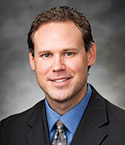July 2022
100th Anniversary
HP Flashback: Excerpts from the 1980s: Energy efficiency, advanced process controls, improved maintenance and a focus on the environment
Can a computer reduce your maintenance?
This is a preview of our premium content. Thank you for your interest—please log in or subscribe to read the full article.







Comments